latest news on israel-palestine conflict (hamas): updates, analysis, and developments


Title: Israel-Palestine Conflict: Understanding the Dynamics between Israel and Hamas
Introduction:
The Israel-Palestine conflict has been an ongoing issue that has captured international attention for decades. One of the key players in this complex situation is Hamas, an Islamic fundamentalist group operating predominantly in the Gaza Strip and recognized as a terrorist organization by many countries. In this article, we will delve into the intricacies of the conflict between Israel and Hamas, examining the root causes, recent developments, and potential solutions.
Historical Background:
The origins of the Israel-Palestine conflict can be traced back to the late 19th century when Zionist Jews sought to establish a homeland in Palestine. Eventually, the State of Israel was established in 1948, leading to displacement and grievances among Palestinians. Hamas emerged as a response to Israeli occupation and has since played a significant role in the Palestinian resistance movement.
Root Causes:
The conflict between Israel and Hamas is deeply rooted in territorial disputes, political aspirations, and religious differences. Both parties claim ownership over Jerusalem, which holds immense religious significance for Jews, Muslims, and Christians alike. The establishment of Israeli settlements in the occupied territories has further fueled tensions, as Palestinians view it as an encroachment on their land and a hindrance to a potential future Palestinian state.
Hamas: Goals and Strategies:
Hamas, an acronym for Harakat al-Muqawama al-Islamiyya (Islamic Resistance Movement), was founded in 1987 during the first Intifada (Palestinian uprising). Their primary goal is to liberate Palestine from Israeli occupation and establish an Islamic state. Hamas employs a combination of political, social, and military strategies to achieve its objectives. While some view Hamas as a legitimate resistance movement, others consider its methods as acts of terrorism.
Recent Developments:
In recent years, the Israel-Palestine conflict has witnessed periods of intense violence and tense ceasefires. The most recent escalation occurred in May 2021, when clashes between Israeli security forces and Palestinian protesters erupted in Jerusalem. This led to a full-scale conflict, with Hamas launching rocket attacks into Israel, and the Israeli military responding with airstrikes targeting Hamas positions in Gaza. The conflict resulted in significant loss of life and destruction on both sides.
Potential Solutions:
Finding a lasting solution to the Israel-Palestine conflict is a complex task that requires political will, compromise, and international cooperation. The two-state solution, which envisions an independent Palestine alongside Israel, has been widely endorsed by the international community. However, disagreements over borders, settlements, and the status of Jerusalem have hindered progress. Dialogue, negotiation, and a commitment to peaceful coexistence are essential for any resolution to be achieved.
Conclusion:
The Israel-Palestine conflict involving Hamas is a multifaceted issue with deep historical, political, and religious dimensions. Understanding the root causes, goals, and strategies of Hamas is crucial in comprehending the dynamics of this ongoing conflict. While the path to a peaceful resolution remains challenging, fostering dialogue, promoting understanding, and addressing the underlying issues can offer hope for a brighter future for both Israelis and Palestinians.
Tin tức xung đột Israel - Palestine (Hamas)





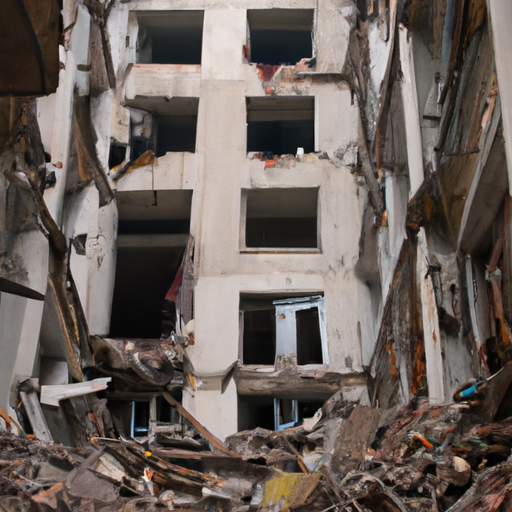

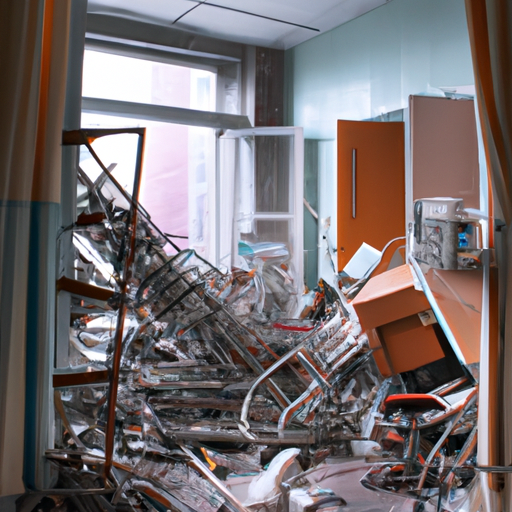
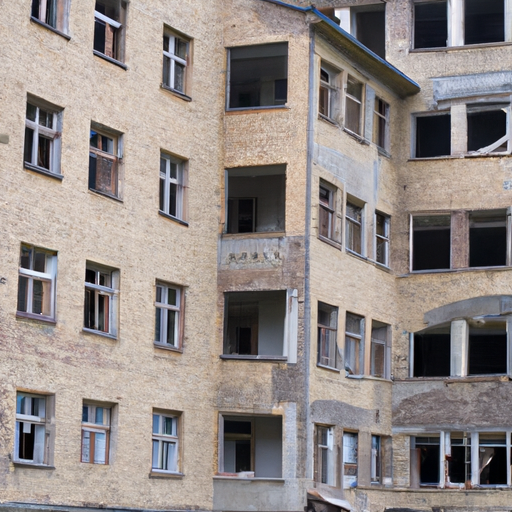
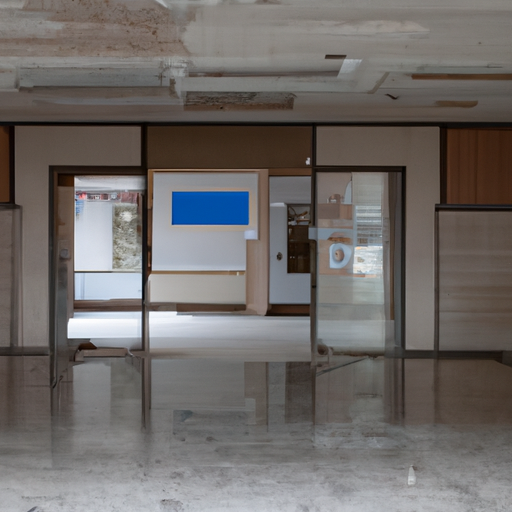
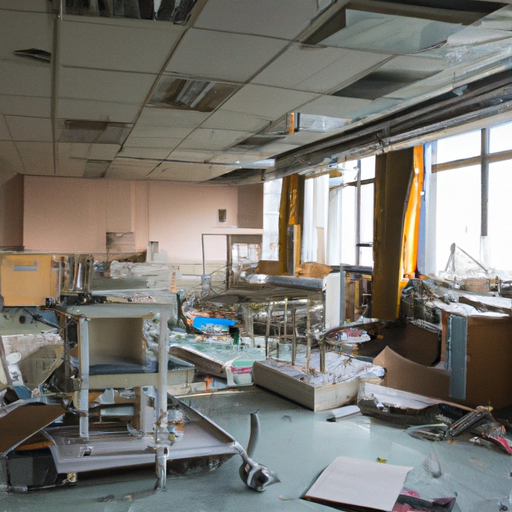
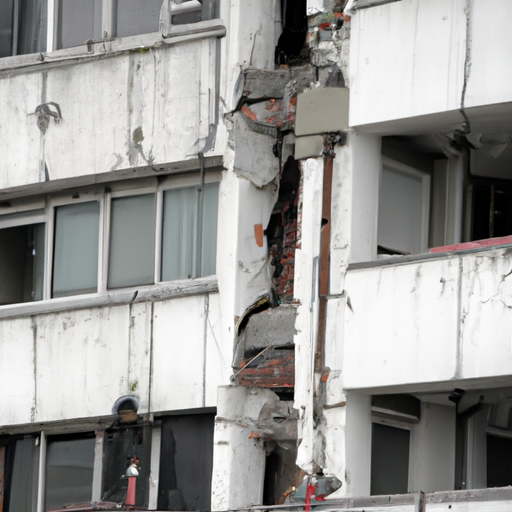
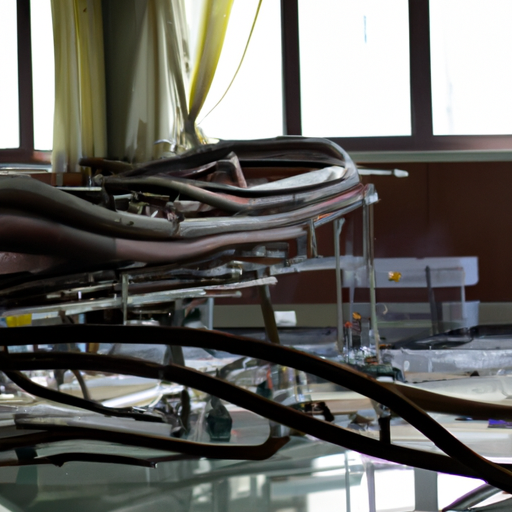









Comment